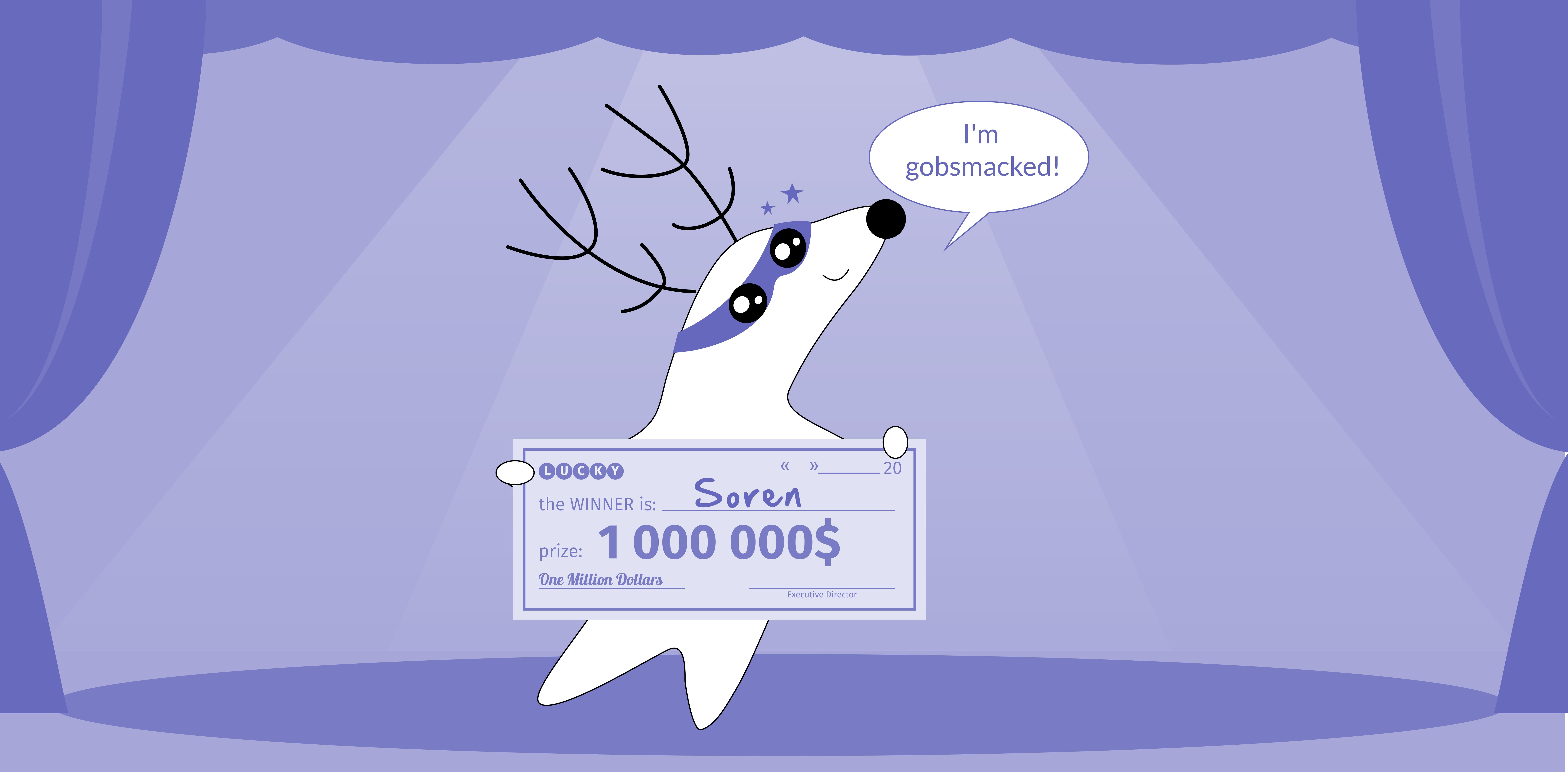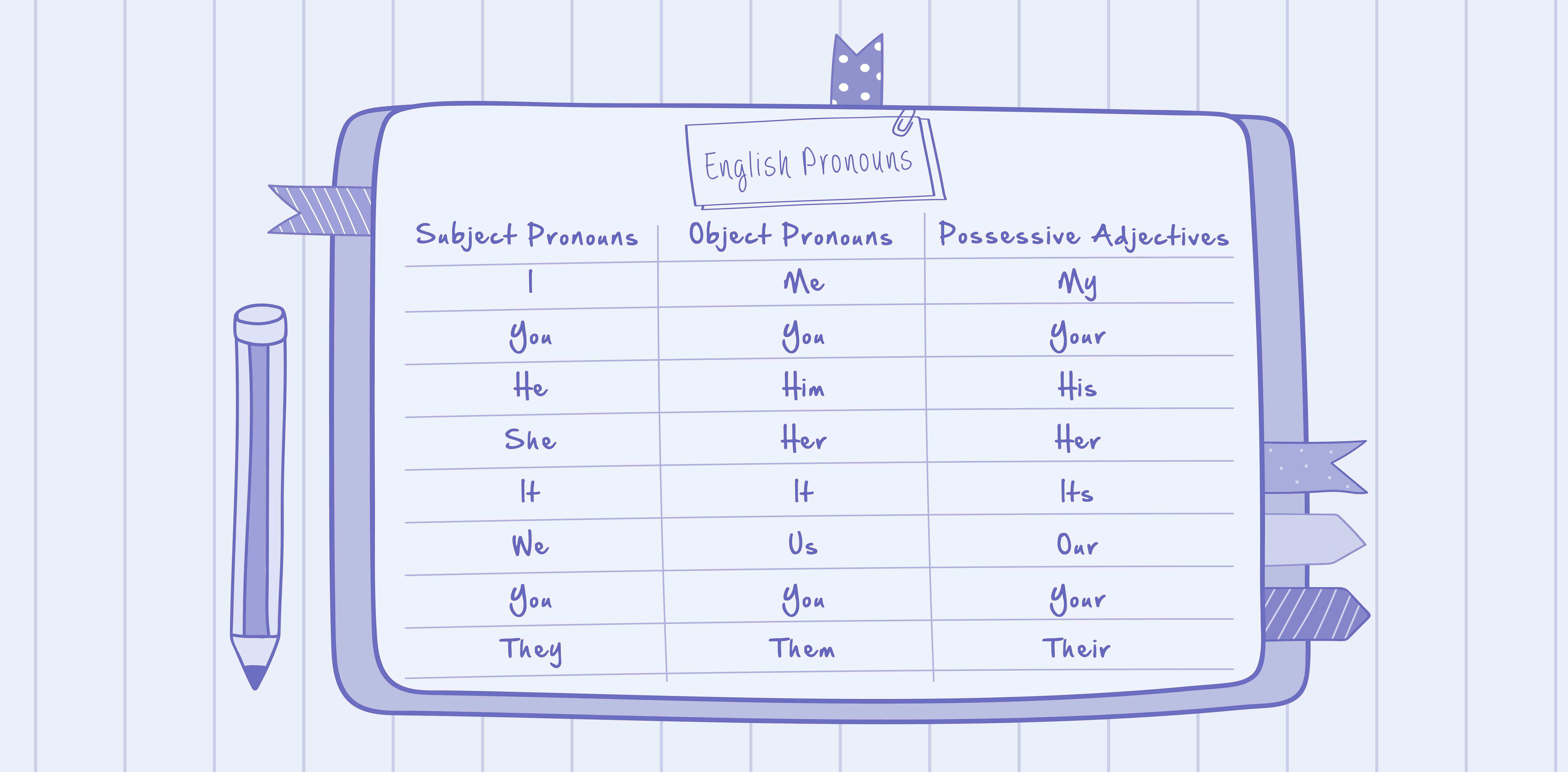
English pronouns may seem straightforward at first glance, but they play a crucial role in ensuring our language's fluidity. They stand in place for nouns, helping sentences avoid repetitive and cumbersome language. Whether personal, possessive, reflexive, or indefinite, each category serves a unique purpose and enhances the language's expressiveness.
Understanding these aspects of English pronouns is not just a linguistic fascination but a functional tool for effective communication. They ensure clarity, add variety to our sentences, and help us navigate the complexities of gender and politeness in contemporary discussions.
This guide is designed to deepen your understanding of English pronouns, their usage, and their importance in daily communication. Whether you're a language learner aiming to master English grammar or a fluent speaker keen to refine your linguistic knowledge, this guide will walk you through the intricacies of pronouns in English.
Learn English with Langster
Personal Pronouns
Personal pronouns in English are probably the most frequently used type of pronouns. They can replace a noun as the subject or object in a sentence, and they are typically used to represent a specific person or thing without needing to repeat the noun they are replacing.
Subject Pronouns
Subject pronouns are pronouns that act as the subject of the sentence. They perform the action in a sentence and tell us who or what is doing the action. In English, the subject pronouns are divided into three categories:
- first person (I, me, we, us),
- second person (you),
- third person (he, him, she, her, it, they, them).
These pronouns are used to avoid repetition and make sentences easier to understand.
First Person
First person pronouns refer to the speaker or speakers, whether singular (I) or plural (we). These pronouns are used when talking about oneself or one's own actions. For example:
I am going to the store.
We should study for our exam.
Second Person
The second person pronoun refers to the person or people being addressed and has the same form for singular and plural(you). It is used when referring to the person or people being spoken to. For instance:
You should prepare for the presentation tomorrow.
Third Person
Finally, third person pronouns refer to the person or thing being talked about. These pronouns can be singular (he, she, it) or plural (they). They are used when talking about someone or something that is not the speaker or the person being spoken to.
For example:
He has done a great job.
They are playing in the park.
Personal pronouns can also be object pronouns. Let’s understand how this works in detail!
Object Pronouns
Object pronouns in English are used to replace the name of the person or thing that the action of the verb is being done to (direct object) or the person or thing that is indirectly affected by the action of the verb (indirect object).
The primary object pronouns (which replace the objects of a sentence) in the English language are:
- me,
- you,
- him,
- her,
- it,
- us,
- them.
For instance, in the sentence "John loves Mary," "Mary" is the object. If we replace "Mary" with a pronoun, we get "John loves her."
Using object pronouns correctly is crucial for maintaining clear and concise communication. Furthermore, picking a correct personal pronoun when comprising an English sentence is fundamental to ensuring it has meaning and clarity, in addition to respecting identity.
Possessive Pronouns
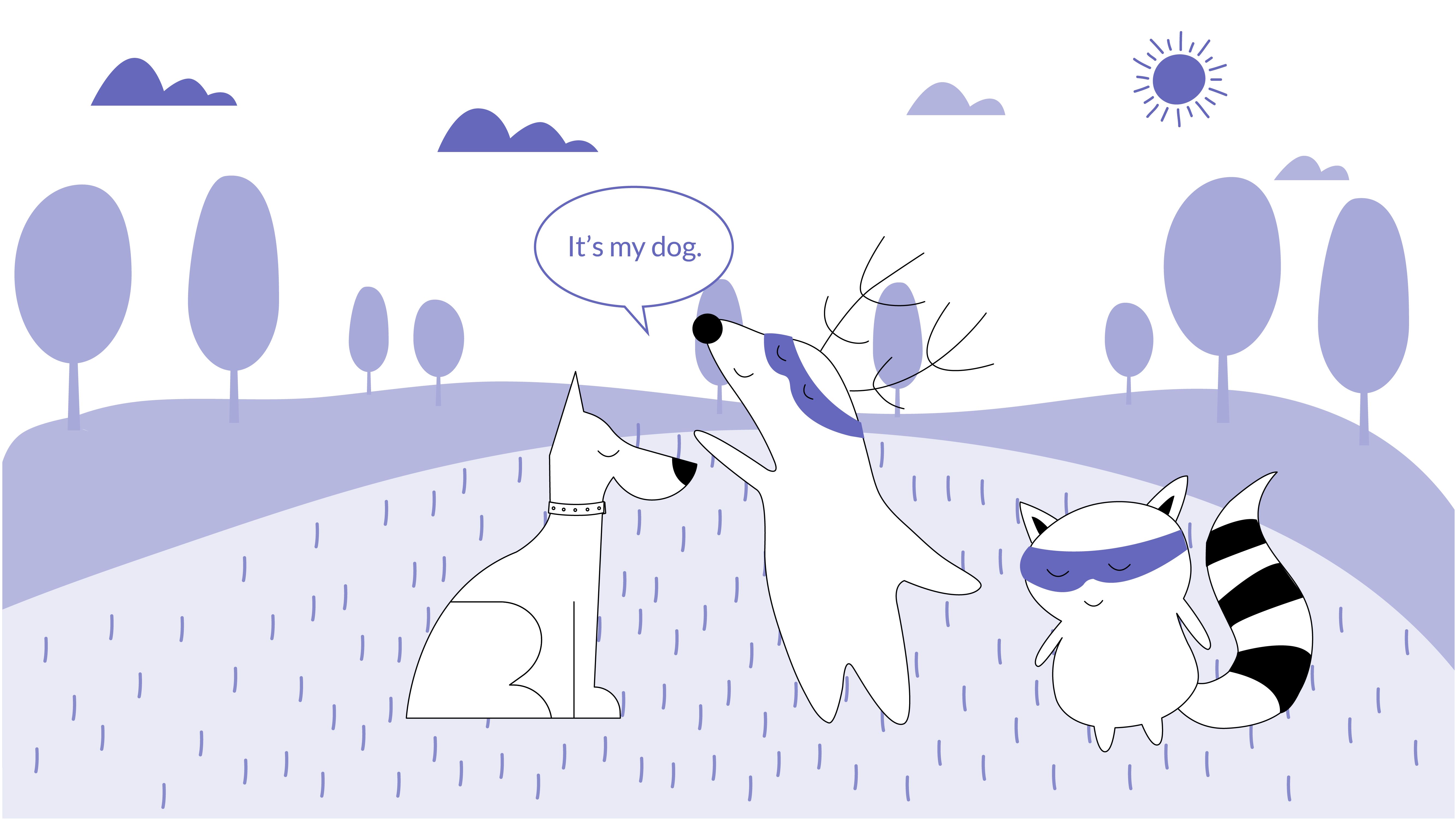
Possessive pronouns in English are used to demonstrate ownership or possession. They help us clearly articulate who or what something belongs to, eliminating the need for repetitive language. Possessive pronouns in English include:
- mine,
- yours,
- his,
- hers,
- its,
- ours,
- theirs.
First Person
First person possessive pronouns refer to something that the speaker or speakers own, whether singular (mine) or plural (ours). These pronouns might be used in phrases like:
This book is mine.
The house is ours.
Second Person
The second person possessive pronoun (yours) refers to something owned by the person being addressed. It can be used in sentences such as:
Is this pen yours?
Third Person
Third person possessive pronouns refer to something owned by the person or thing being talked about. These pronouns can be singular (his, hers, its) or plural (theirs).
For instance, you might say:
The dog wagged its tail.
The car is theirs.
In English, using the correct possessive pronouns is crucial for expressing ownership clearly and effectively.
Reflexive Pronouns
Reflexive pronouns in English are used when the subject and object of a sentence refer to the same person or thing. They function to direct action back towards the subject, adding emphasis or clarification to statements.
Reflexive pronouns always end in "-self" in the singular form (myself, yourself, himself, herself, itself) and "-selves" in the plural form (ourselves, yourselves, themselves). For instance:
English
English
I taught myself to play the piano.
Myself is the reflexive pronoun that indicates the subject (I) and the object (myself) are the same person.
They blamed themselves for the accident.
Themselves is a reflexive pronoun that refers back to the subject (they).
Understanding and accurately using reflexive pronouns are key to mastering English and enhancing your fluency.
Intensive Pronouns
Intensive pronouns are used to add emphasis to a sentence. They refer back to another noun or pronoun in the sentence to emphasize it. In English, intensive pronouns are the same words as reflexive pronouns, but they are used differently.
Here are some examples of incorporating an intensive pronoun into a sentence:
I myself don't believe that story.
You cooked this meal yourself, didn’t you?
He himself built that house.
We ourselves were responsible for the mistake.
As you have noticed, some of these examples are the same as the ones in the section above. However, what makes pronouns from these examples intensive instead of reflexive is their contextual usage for adding emphasis in order to stress the importance of the noun or pronoun they're referring to.
Indefinite Pronouns
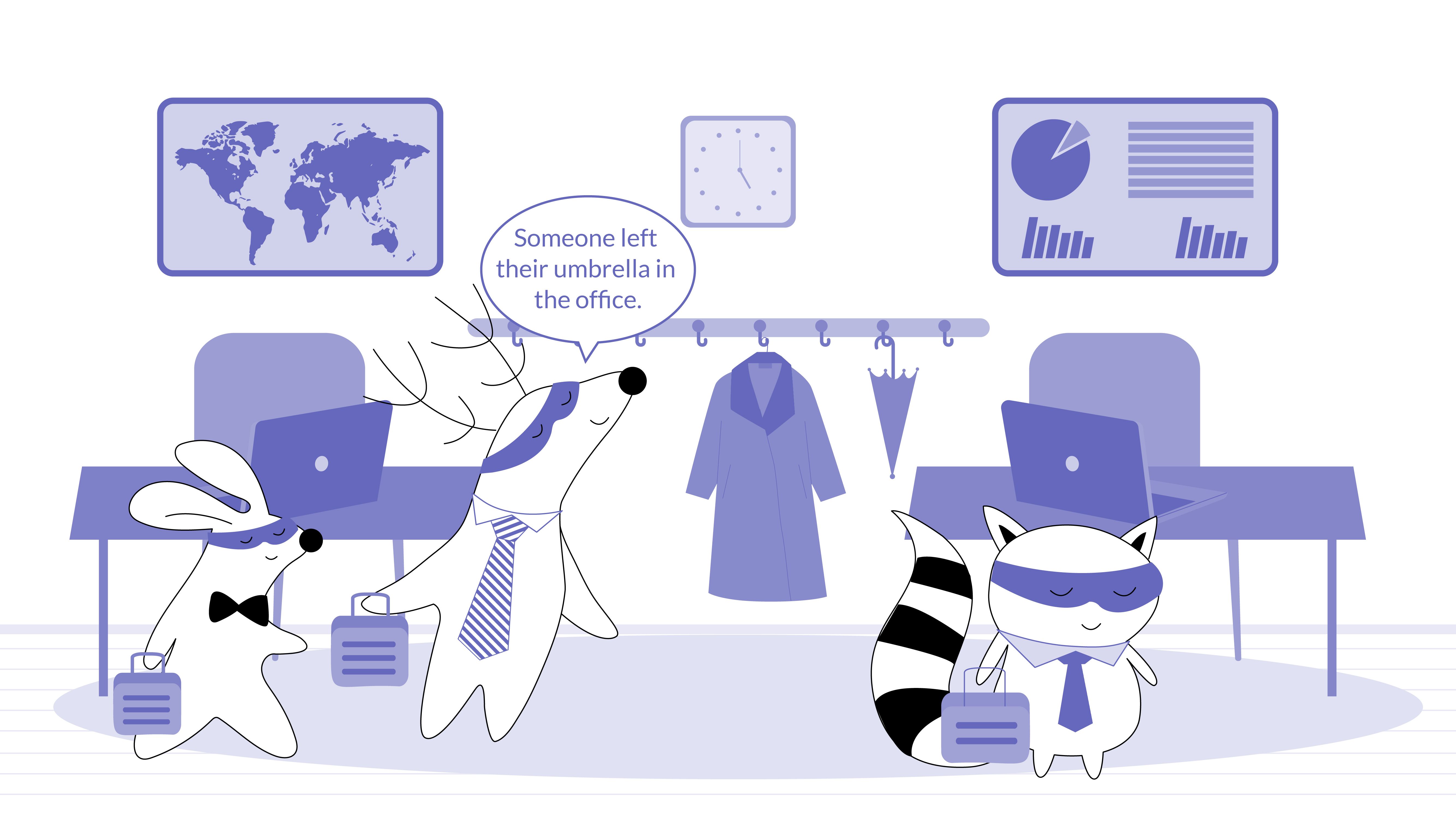
Indefinite pronouns are used to refer to people, things, or concepts without specifying exactly who or what they are. They are often used when the information is unknown, irrelevant, or too general to specify. Examples of indefinite pronouns include:
| Indefinite Pronoun | Example Sentence |
|---|---|
| Anyone | Is there anyone who can help with the project? |
| Someone | Someone left their umbrella in the office. |
| Everybody | Everybody at the party enjoyed the live music. |
| Everything | I love spending a lazy Sunday at home, just relaxing and enjoying everything around me. |
| Anything | You can ask me anything, and I'll do my best to help you. |
| Indefinite Pronoun | Example Sentence |
|---|---|
| Anyone | Is there anyone who can help with the project? |
| Someone | Someone left their umbrella in the office. |
| Everybody | Everybody at the party enjoyed the live music. |
| Everything | I love spending a lazy Sunday at home, just relaxing and enjoying everything around me. |
| Anything | You can ask me anything, and I'll do my best to help you. |
These pronouns can be singular or plural, depending on the context in which they are used.
For instance, "Someone left their phone on the table" and "Everyone should clean up after themselves" both use indefinite pronouns to refer to unspecified individuals. In these cases, it is not necessary to know or specify who exactly left their phone or who “everyone” refers to.
Understanding and picking an indefinite pronoun correctly is crucial for effective communication, as it allows us to express general concepts without needing specific nouns.
Distributive Pronouns
Distributive pronouns are used to refer to members of a group separately rather than collectively. They distribute the action or state equally among the individuals referred to. In English, the main distributives are:
Each
Each refers to every one of two or more people or things seen separately.
Each of the students received a prize.
Either
Either refers to one or the other of two people or things.
There are trees on either side of the river.
Neither
Neither refers to not one or the other of two people or things.
Neither of the options is attractive.
Please note that distributive pronouns should be used with singular nouns and verbs. For example, you should say, "Each of the students has a book," not "Each of the students have a book."
Interrogative Pronouns
Interrogative pronouns are used to ask questions in English. They are essential tools for inquiring about specific information in a conversation or a written context. The primary interrogative pronouns include:
- who,
- whom,
- whose,
- which,
- what.
Who & Whom
Who is an interrogative pronoun used to inquire about the identity of a person or people. It is commonly used as the subject of a sentence, asking about the person performing an action. For example:
Who is playing the piano?
Who are the people in the picture?
Meanwhile, Whom is an interrogative pronoun that is used to ask about the identity of a person or people when they are the object of a verb or preposition. It is often used in more formal contexts. For example:
Whom did you invite to the party?
With whom are you going to the concert?
Whose
Whose is an interrogative pronoun used to ask about possession. It is a way of inquiring about who something belongs to. For example:
Whose book is this?
Whose car is parked outside?
Which
Which is an interrogative pronoun used to ask about a specific one(s) among a known group of people, animals, or things. It helps to narrow down from a defined set of options. For instance:
Which route should we take?
Which dress do you like more?
What
What is an interrogative pronoun used to ask about things, animals, or ideas, often when there are many possibilities. It is typically used to elicit information about something unspecified. For example:
What are you doing?
What is your favorite song?
Demonstrative Pronouns
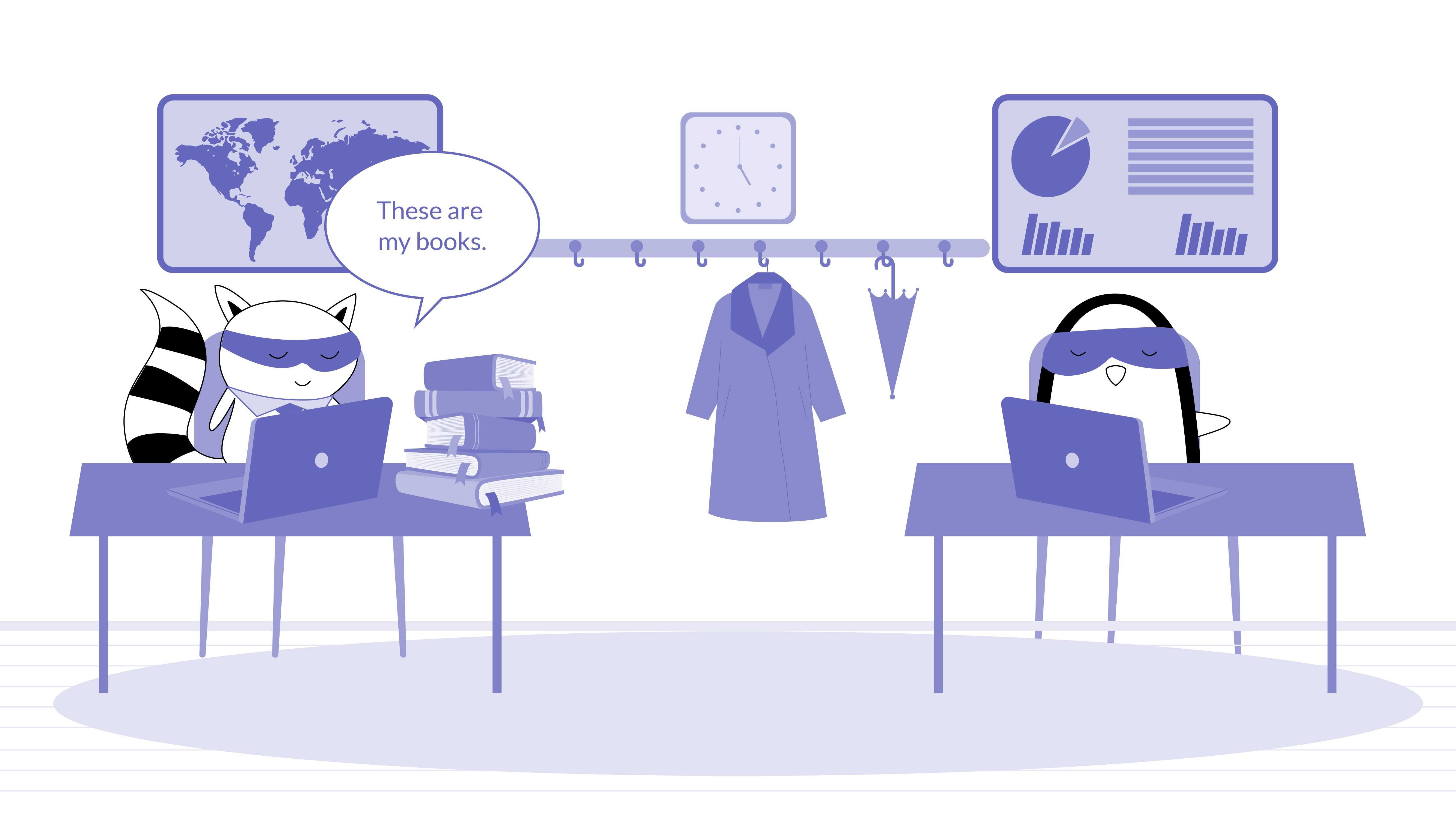
Demonstrative pronouns in English are used to point to and identify specific things or people. These pronouns can refer to items in space or time, and they can be either near or far in distance or time. The primary demonstrative pronouns include:
- this,
- that,
- these,
- those.
This & These
This and these are used to refer to items that are close in time or space. This is used for singular items or one item in a group. For example:
This is my car.
These is used for multiple items. For instance:
These are my books.
That & Those
That and those are used to refer to items that are further away in time or space. That is used for singular items or one item in a group. For example:
That was a great movie.
Those is used for multiple items. For instance:
Those were the good old days.
Understanding and correctly using demonstrative pronouns is crucial for clear and effective communication in English, as it allows us to specify and distinguish between things or people, whether they are near or far, singular or plural.
Relative Pronouns
Relative pronouns in English are used to join sentences or phrases, making the text smoother and easier to understand. They provide the necessary context to a situation by referring back to something or someone that was previously mentioned. The primary relative pronouns are:
- who,
- whom,
- whose,
- which,
- that.
Who & Whom
Who and whom are used to refer to people, with "who" as the subject and "whom" as the object of a verb or preposition. For instance:
The woman who called yesterday is my aunt.
The person to whom you spoke is my attorney.
Whose
Whose is a relative pronoun used to indicate possession. For example:
The man whose car is parked outside is looking for you.
Which
Which is used to refer to animals and things, and sometimes, when the choice is limited, to people. It can be seen in sentences like:
The book, which I read last night, was very exciting.
This is the hotel, which has a great view.
That
That can be used to refer to both people and things, for example:
The house that I bought is in the city.
The people that live next door are very nice.
Reciprocal Pronouns

Reciprocal pronouns in English are used to express a relationship of mutual action or behavior. There are two primary reciprocal pronouns in the English language: each other and one another.
Each other is used to express a reciprocal relationship between two entities. It implies that the action or behavior is mutual, happening in both directions. For example:
John and Mary love each other.
One another, traditionally, is used to express mutual actions or feelings among more than two entities. However, in modern usage, it can also be used interchangeably with "each other." For instance:
The three brothers always help one another.
The Bottom Line
In conclusion, understanding the various pronouns in English is integral to developing sound grammatical skills. Whether it's interrogative, demonstrative, relative, reciprocal, or object pronouns, each plays a pivotal role in shaping the nuances of communication.
These are only the basics, and there's so much more to learn and explore in the rich tapestry of the English language. Don't let the journey stop here. Download our interactive learning app, Langster, today, and continue enhancing your English skills.
With Langster, you can deepen your understanding of English pronouns, as well as myriad other aspects of the language. Make learning an exciting adventure with Langster, your ideal language companion.
Learn English with Langster








